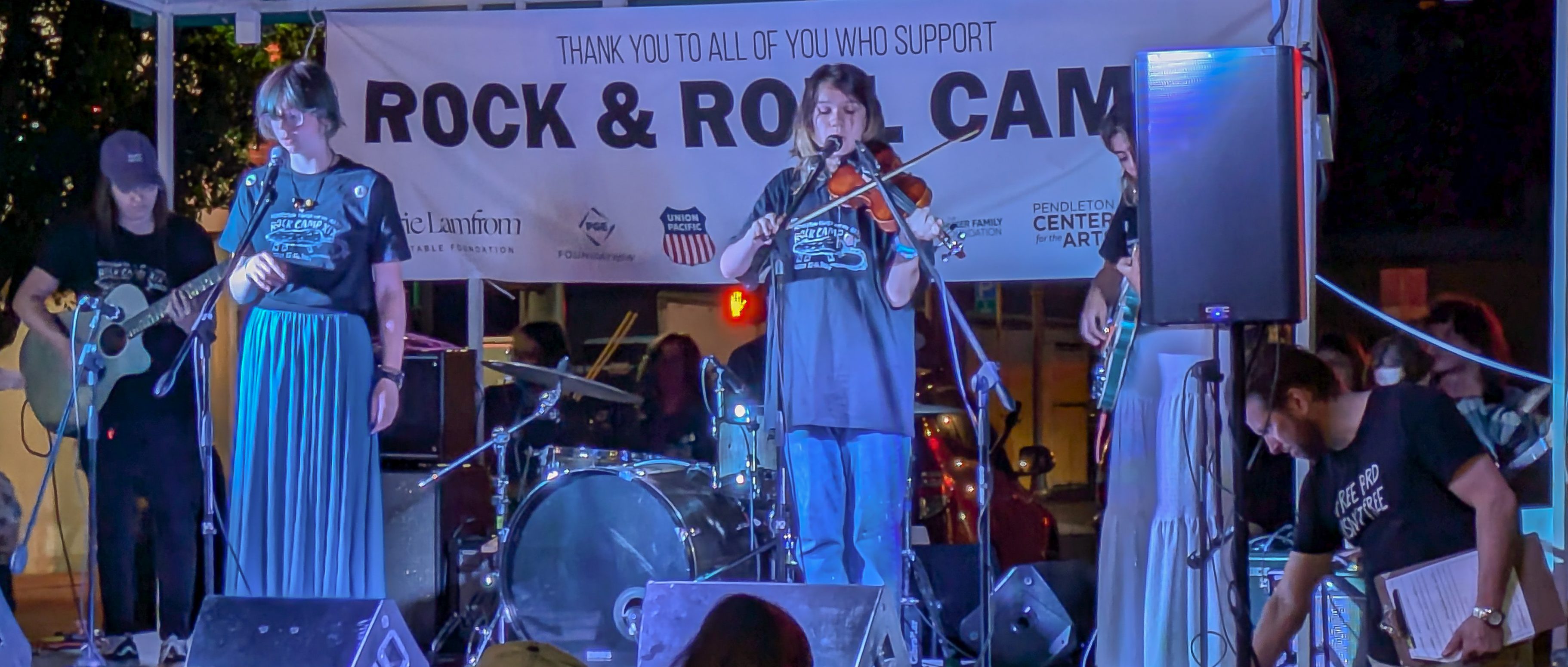Iron details jazz up arbors, trellises and railings
Published 10:23 am Sunday, October 31, 2004
A light evening breeze rings the wind chimes hanging from a wrought-iron gazebo in Janice Melton’s back yard.
Three wrought-iron trellises lean against the side of the garage at her Fresno, Calif., home. But the piece that started her metal collection is a decorative wall that blocks the view of her neighbors’ house from her bedroom window. This wall, featuring intricate wrought-iron leaves hanging from a tree, is the inspiration for her entire garden
Trending
Melton, 54, calls it the “tree of life.”
Five years ago, Melton battled cancer. While recuperating, she promised herself that when she got better, she would create in the garden “the tree from the Garden of Eden,” says Melton. “I wanted something that would last and not fall apart, and iron was it.”
When people think of wrought iron, many think of fences and gates. However, wrought iron can be used for many other things, from stair railings to trellises, arbors and art. Some ironworkers carry on the craft, forging these items by hand.
“I love iron,” Melton says. “It lasts forever. I like how it gets golder – the patina. It gets prettier and prettier over time.”
For centuries, wrought iron was the metal of blacksmiths. While the heated iron was still flexible, they shaped it into ornamental hinges, screens, fences and railings.
Today, with true wrought iron being hard to come by, the term “has come to mean anything that is bent or worked on,” says Reuel Darling, a 65-year-old blacksmith who turned to ornamental ironwork after a career as a horseshoer.
Trending
Darling buys mild steel from Valley Iron in Fresno and forges his works of art in a gray barn in Tollhouse, Calif., that is permeated by the sharp, dry, metallic smell of iron shavings.
Demonstrating how he shapes leaves out of 3-inch-long iron bars, he turns on his gas-powered forge and heats up two bars. As the heat turns the bars golden-red, he slips on a pair of leather work gloves and uses a tong to pick up one of the glowing pieces.
Darling then takes the piece to a contraption that looks like a giant sewing machine, but instead of a needle there is a hammer that steadily pounds down when he steps on a foot peddle.
When the metal begins to lose its glow, Darling returns it to the forge to be reheated. He repeats this until he has pounded out the stem and a flat area for the leaf. From there, he sets the metal on an anvil and pounds the flat area with a hammer to shape the edges and create grooves. Once he is satisfied with the results, he cools the newly formed leaf by dunking it into a barrel of water.
It takes him about 30 minutes to make the two leaves. Darling, who charges $45 a hour, has made fences, gates, tables, chandeliers, a spice rack, wine cellar door handles, fireplace screens and sculptures. “When clients give me free rein is when I do my best work,” he says.
Some of Darling’s wrought-iron work graces Terri and John Everett’s home in Clovis, Calif. A Kokopelli-themed railing lines the stairs and the upstairs catwalk. An ornate oak-leaf branch, complete with acorns, hangs on the chimney above the fireplace screen, which Darling also made. In the Everetts’ bedroom, their king-size bed has wrought-iron scrolls with walnut boards for its head and foot boards.
“I have always liked wrought iron,” says Terri Everett. “Just knowing that someone made it with their hands – it’s special. You never get tired of it.”
Janice Melton looks out in her back yard and realizes she has more wrought-iron pieces than she realized.
Behind a peaceful, meditating Buddha is a large, wrought-iron circle backdrop embellished with patches of slate tiles. Melton commissioned Scott Gabrielson of Rusty Garden Metal Crafts in Fresno to create the backdrop for $700. He also made the tree of life for $900.
In addition to flexibility and beauty, one of the pluses of wrought iron is its low maintenance, she says.
“You can get it wet and don’t have to worry about it,” she says.









